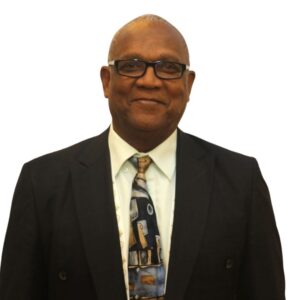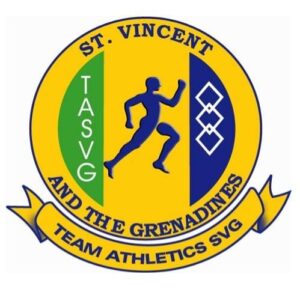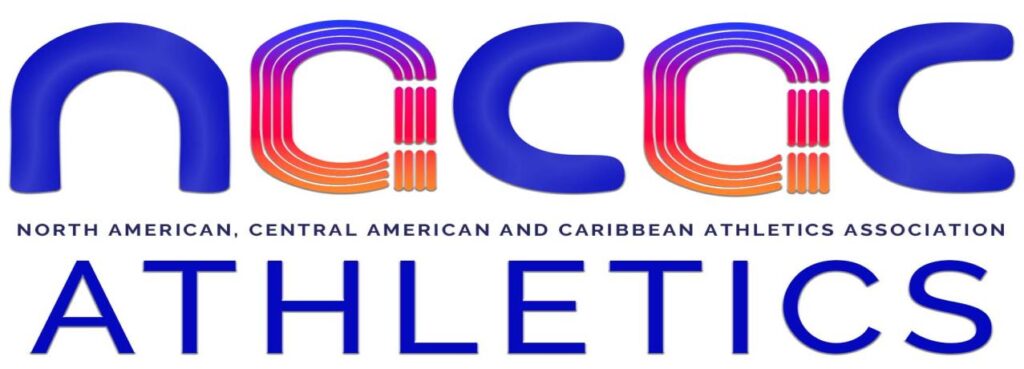2024 Schools Athletics
We are now in the midst of the annual schools’ athletics programme and every, staff and students are excited about what usually proves to be one of the highlights of the academic year.
All too often, however, we seem to ignore the fact that the sports programme at our educational institutions is an important component of the rounded development of the students.
Far too much time is spent by those who still see education as unidimensional, separating academics from sport and physical activity. Such thinking remains a travesty and a clear lack of understanding of the holistic development of the individual human being.
It is also unfortunate that the belief that sport and physical activity are anathema to an individual’s academic development seeps into the governing philosophy in some countries. Where this is the case, the approach impacts the entire education programme which in turn gives the parents of students the impression that sport and education are incompatible.
Lennox Adams, Jean Cummings, Nickie Peters, Jacqueline Ross, Eversley Linley, Orde Ballantyne, Carl Ollivierre, the late Garth Saunders, Khalil Cato, Kineke Alexander and Shafiqua Maloney are all former athletes who have benefitted from managing the blend between academic performance and athletics. The field of career options through that happy medium continues to expand exponentially and many more Vincentians stand to benefit, if they choose to appropriately commit themselves.
Vincentian reality
In St Vincent and the Grenadines, we have, over the years, had different experiences.
Generally, through the years, governments have generally been slow to keep pace with global developments regarding the importance of sport and physical activity to human development, beginning with children.
Not surprisingly, despite proclamations in support of the twin disciplines of physical activity and sport on political platforms, there was little movement towards establishing a policy framework that would allow for a scientific approach to be put in place.
It was only in 2005, when the Caribbean Examinations Council (CXC) introduced Physical Education and Sports as part of its options for students of the Caribbean, that our local administration began to offer the subject to students at the secondary schools’ level. However, sadly, the same educational authorities missed the boat completely and failed to immediately offer the subject to elementary schools. This is only now being done and at a painfully slow pace. Nothing has been done to address the subject at the Pre School level.
The fact is that it takes time for cultural change to impact society and social institutions. This is what is happening in St Vincent and the Grenadines where politics dictates much of what is commonly referenced as components of national development.
For decades, schools have each been holding their annual Sports Day. Even though the activities on the day are all related to track and field athletics, tradition has not yet allowed for a change in name. One can readily hazard a guess that the mindset may well still be so ingrained in the culture that it is not noticeable to those involved at the policy-making level that it does not occur to them that things have changed around them and that they too need to ‘upgrade’.
Schools get all excited about having their annual athletics competitions because of the sport’s capacity to generate interest. Generally, people like physical competitions, whatever the sport.
At all levels, the athletics competitions are fierce with every House seeking bragging rights. However, it cannot yet be said that the competitions are taken sufficiently seriously to lead students to engage themselves in coaching programmes with the intention of being adequately prepared for success and excellence. Evidence of this is the number of children who cannot complete their events and the general level of performances on display.
At any given school’s athletics competition, it is very easy to distinguish between athletes who have been training and others who have not been doing so.
The 2024 athletics’ season
At last year’s Inter Primary (IPSAC) and Inter Secondary (ISSAC) Schools’ Athletics Championships athletes from around the nation provided exciting and record-breaking performances on the synthetic surface at Diamond, where there is an eight-lane 400m track. It was the second time that schools were able to use the track at Diamond for their grand finals.
Importantly, for the students at the primary school level, arrangements were made to afford all athletes the opportunity to utilise the same facility for all of the preliminaries, first at Arnos Vale and over the past two years, at Diamond, an all with electronic timing. This approach guaranteed all participants a level playing field on which their performances could be judged. The concept of fairness in athletics competition cannot be overstated.
At the level of the ISSAC, Central Leeward once more literally smothered the opposition with an overwhelming points disparity. In the boys’ competition, however, the championship was decided in the final event of the day, when the St Vincent Grammar School won the 4 x 400m Senior Boys.
For the first time in the nation’s history, three athletes have already made the established CARIFTA Games standard in the month of January, here at home, on the track and Diamond.
The competition season for 2024 is experiencing some major challenges that would significantly impact the performances of athletes at all levels, whether they are in or out of school.
The grassed fields at the Arnos Vale Sports Complex are officially closed for the preparation of the cricket grounds and wickets. The same challenges are faced with those athletes desirous of using the Sion Hill Playing field, whether for training or school championships.
The synthetic 400m track and Diamond is also officially closed in order to facilitate the installation of the roofing for the bleachers on the home straight.
The majority of schools have been forced to squeeze some space for an already, highly over-used Victoria Park, where the maximum track size with eight lanes is 250m. This is not suitable for athletes who are expected to give of their best in front of their student peers, staff and parents.
In any event, a return to grassed surfaces in high-level competition at this time of the season means that the athletes are exposed to injury necessitated by a change of both surface and length of spikes on the grass, to return to short spikes and the synthetic surface.
Impact analysis
It is easy to suggest that the foregoing challenges do not matter but that is not the reality.
It may well be that those in authority are still lacking in their understanding of the. Valuable role of physical education and sport to the human condition.
In a country with limited resources as well as opportunities, care must always be taken to understand the impact our decisions have on our young members of society.
For many, sport is a way to redress the imbalances many young people experience in life.
We live in a society where one’s geographical birthplace and residence are often used to define an individual for his/her entire life. That is a mental burden that many have carry with them, every day. Our guidance counsellors can attest to the mental health challenges many of the nation’s students suffer in growing up and schooling in St Vincent and the Grenadines.
Success in life is not only measured by the number of subjects a student passes but by everything that he/she engages in and how well it is done. This includes sport performance.
At a time when our students are graduating to an uncertain future given the unusually and unacceptably high levels of unemployment and underemployment, it is of immense importance that we offer our students and young people greater opportunities to explore new avenues to their own development and, ultimately, the development of Vincentian society.
The average Vincentian student ought to be able to understand the lucrative opportunities to which Caribbean cricketers are exposed today masa. Result of the Indian Premier League and its several off-shoot competitions. They must also be aware of the game-changing dynamics of the numerous inroads being made to international sport by the oil-rich Gulf States.
Equally, our students must be over-awed by the seeming lack of consideration on the part of those responsible for making the decisions that now impact them as they go through an athletics season mired in uncertainty.
Athletes must always be afforded the opportunity to give of their best by ensuring that they are provided with optimal conditions under which to perform. We do them a grave disservice when we commit them to lesser quality conditions when better could be done.
Student athletes do much for their Houses at school, their schools at IPSAC and ISSAC, their parents, teachers, clubs and communities, when they compete and are successful. Indeed, even if they are not successful but have been afforded the opportunity to participate, there is value attached. These allow them to feel a sense of achievement and bolster their self-esteem. These have long-term consequences for the individuals involved. Depriving them of the opportunity to establish new school and national records can hardly be considered acceptable.




